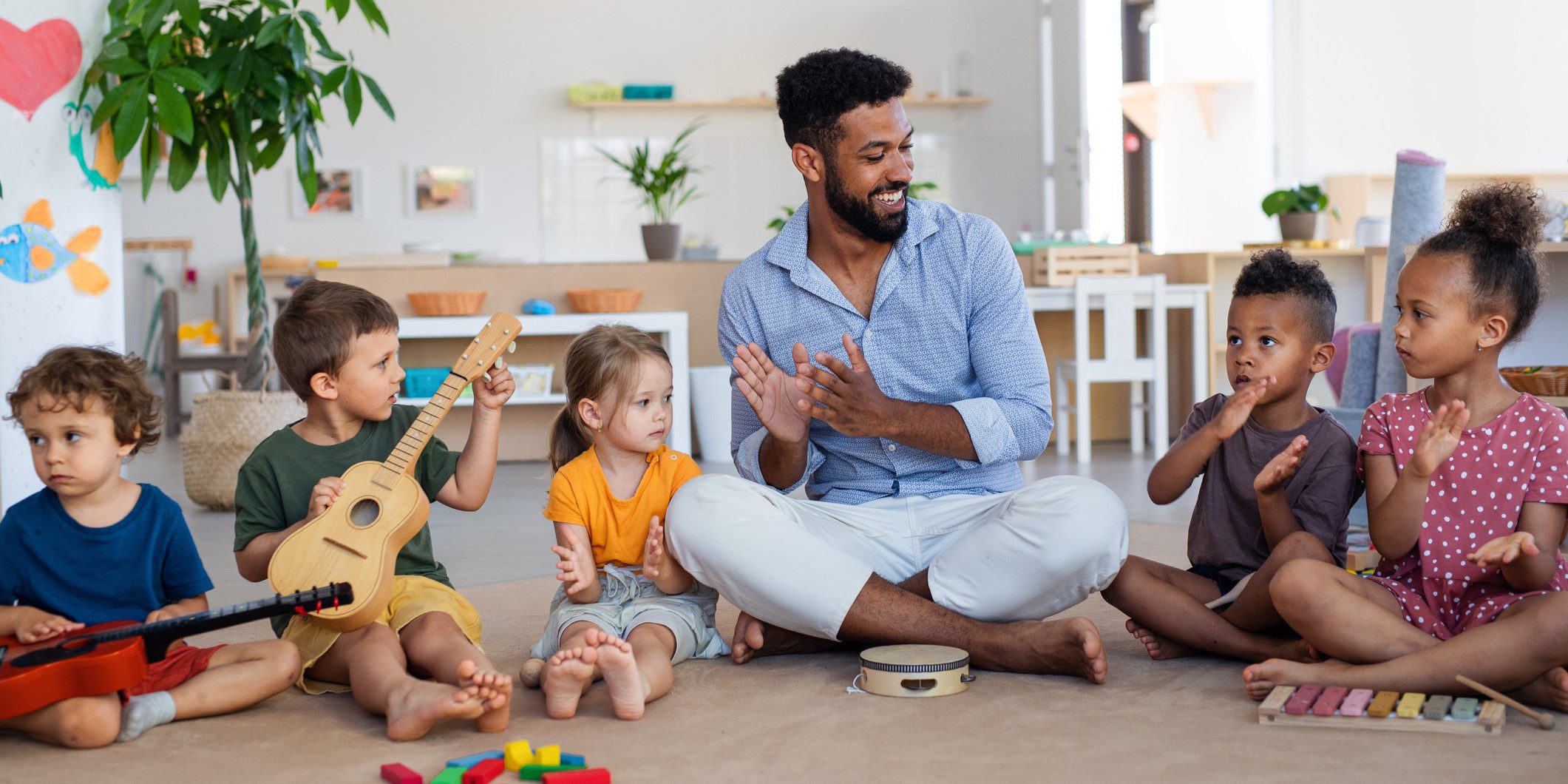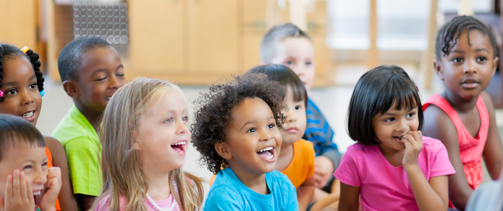This measure refers to how consistently the teacher adds incidental learning to routines and transitions. Routines and transitions are typically not a setting where learning activities are planned. A teacher who adds incidental learning to these routines is taking advantage of these opportunities to provide a meaningful activity or learning experience for children. Note that incidental learning is typically not a lengthy routine. Examples include:
- Diaper change: Teacher talks to the infant about the mobile that is hanging above the diaper changing table.
- Lining up to go outside: Teacher calls children by the colors on their clothes.
- Waiting for lunch to be served: Teacher engages children in songs and fingerplays while they wait.
Category: Category 2: Teacher-Child Interactions
Subcategory: Instructional Formats and Approaches to Learning
Examples
In this section you will find videos, images, and/or documents that can be used to better understand this measure. These examples can also be used in conversations between mentors, directors, and/or teachers to discuss how the program's current practices compare to these examples.
Video Example
After a lesson on emotions, this teacher transitions children from small group to centers using a song from the lesson. The transition allows the children to move quickly from their current space to another with limited disruptions and with very little wait time.
Age(s): Preschool
Video Example
In this video, we see teachers use routine and transition times as opportunities to learn. They count, model and encourage language, and practice early literacy skills.
Age(s): Infant, Toddler, Preschool, School-age
Practice Opportunities
These resources include tips, strategies, activities, or specific tools related to this measure that programs can put into practice.
Activity
Teachers can use this collection of counting transitions to provide incidental learning while children move from one activity to another. Adding incidental learning to routine and transition times is an efficient and enjoyable way to help children build school-readiness skills.
Age(s): Preschool, School-age
Activity
Teachers can use this collection of letter knowledge transitions to encourage learning while children move from one activity to another. Adding incidental learning to routine and transition times is an efficient and enjoyable way to help children build school-readiness skills.
Age(s): Preschool


